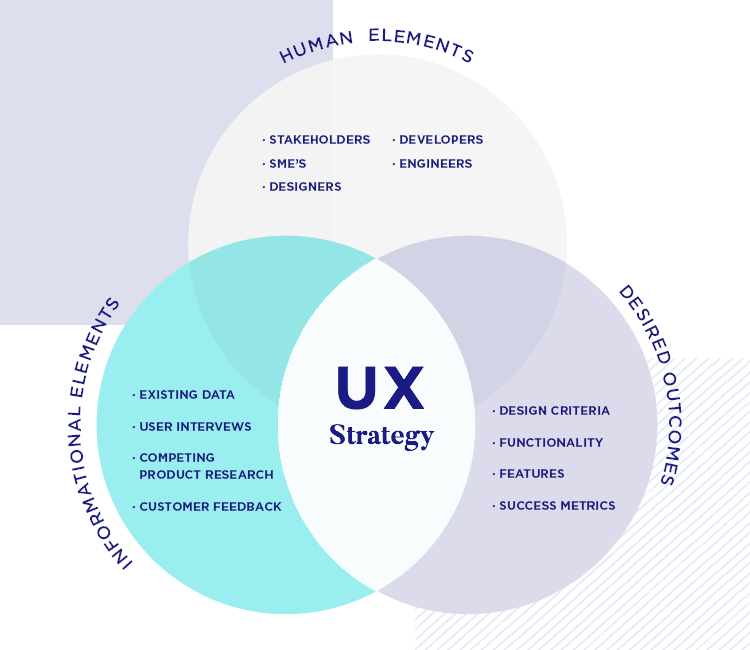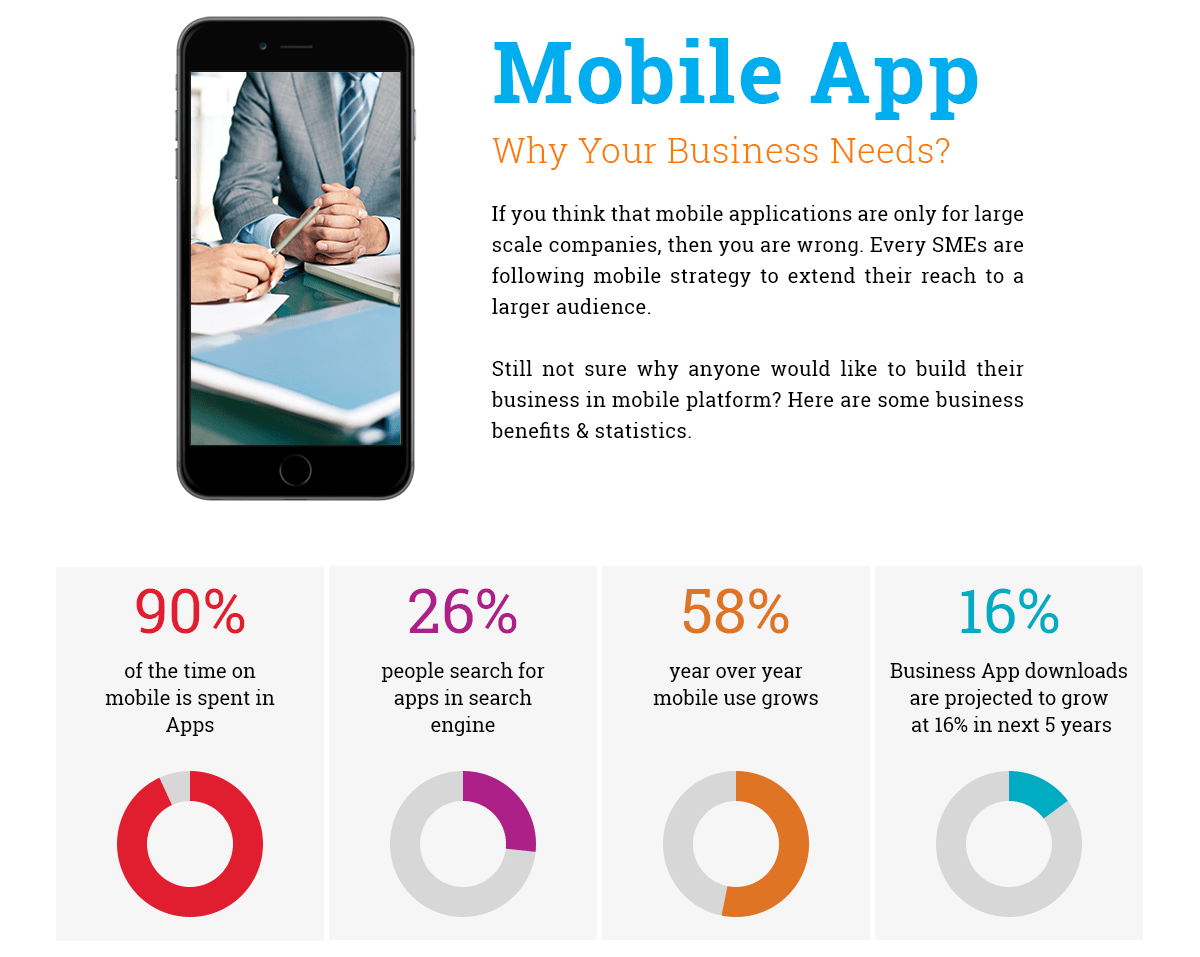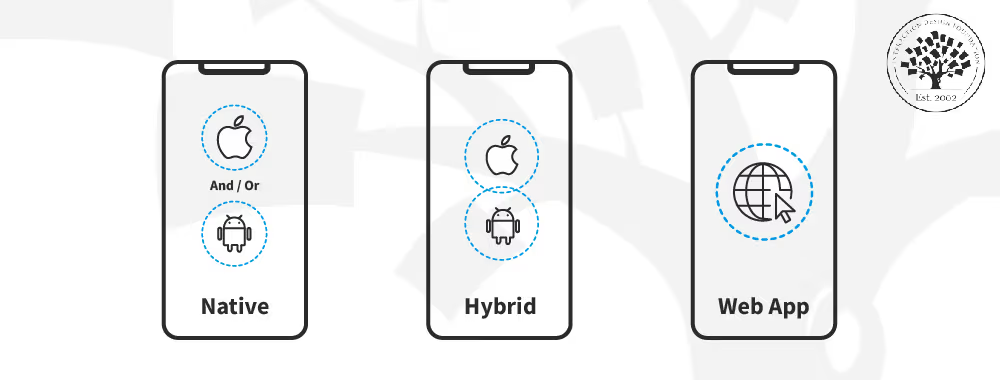Introduction
Artificial Intelligence (AI) and Machine Learning (ML) are transforming public healthcare, making services faster, more accurate, and more accessible. Governments and healthcare providers are leveraging these technologies to optimize patient care, predict disease outbreaks, and streamline administrative tasks. But how do AI and ML truly impact public health, and what challenges do they present?
How AI and ML Are Improving Public Healthcare
1. Early Disease Detection and Diagnosis
AI-powered tools analyze medical data to detect diseases early. For example:
- AI-driven imaging software identifies cancers in X-rays with greater accuracy than human radiologists.
- ML models predict Alzheimer’s disease years before symptoms appear.
- AI helps detect tuberculosis in rural areas where radiologists are scarce.
How It Works
AI utilizes deep learning models trained on thousands of medical images to recognize patterns associated with diseases. These models continually improve as they process more data, reducing diagnostic errors and enhancing reliability. Some AI models, like Google’s DeepMind, have already achieved radiologist-level accuracy in detecting diseases such as breast cancer.
Potential Drawback: While AI enhances accuracy, it sometimes generates false positives, leading to unnecessary tests and patient anxiety.
2. Personalized Treatment Plans
ML algorithms analyze patient data to recommend personalized treatments:
- AI tailors chemotherapy dosages based on individual genetics.
- ML predicts how patients will respond to specific medications.
- Chatbots provide real-time health advice based on symptoms.
Real-World Examples
IBM’s Watson for Oncology uses AI to review large datasets and suggest optimal treatment plans for cancer patients. Meanwhile, AI-powered apps like Ada Health and Babylon Health provide symptom analysis and suggest appropriate medical interventions.
Potential Drawback: AI-driven treatment recommendations may lack human intuition, leading to recommendations that ignore nuanced patient needs.
3. Predictive Analytics for Outbreak Prevention
AI predicts disease outbreaks using:
- Social media trends and search engine data.
- Health records and environmental factors.
- Real-time satellite imagery.
A notable example is how AI helped predict the COVID-19 outbreak by analyzing unusual pneumonia cases in Wuhan.
How Governments Use AI for Public Health
Governments and global health organizations are leveraging AI to:
- Monitor epidemiological trends and predict the spread of infectious diseases.
- Deploy AI-driven surveillance systems for real-time monitoring of disease outbreaks.
- Automate contact tracing efforts to prevent the spread of viruses.
Potential Drawback: These models are not foolproof; inaccurate predictions could divert resources from urgent healthcare priorities.
4. Administrative Automation and Cost Reduction
AI streamlines hospital operations by:
- Automating patient scheduling and reducing wait times.
- Managing electronic health records efficiently.
- Improving medical billing accuracy and reducing fraud.
The Role of AI in Healthcare Administration
Hospitals and clinics are integrating AI-powered software to automate routine processes such as appointment booking, patient triage, and insurance claims processing. Chatbots are also being used to handle basic patient inquiries, freeing up medical professionals to focus on more critical tasks.
Potential Drawback: Over-reliance on AI in administration can result in job displacement and potential security vulnerabilities.
5. AI-Powered Drug Discovery
Pharmaceutical companies use AI to develop drugs faster and cheaper by:
- Identifying new drug candidates.
- Simulating clinical trials before human testing.
- Predicting side effects of new compounds.
Breakthroughs in AI-Driven Drug Development
AI has already played a critical role in speeding up drug development. For example:
- AI-assisted models helped develop COVID-19 vaccines in record time.
- Researchers at MIT used AI to discover Halicin, a new antibiotic effective against drug-resistant bacteria.
- AI simulations reduced the time required for clinical trials, helping bring new treatments to market faster.
Potential Drawback: AI-driven drug discovery is expensive, and small biotech firms may struggle to compete with tech giants.
People Are Always Asking
Is AI replacing doctors?
No, AI is a tool that enhances a doctor’s ability rather than replacing them. AI assists in diagnosis, automates routine tasks, and provides insights, but human expertise remains irreplaceable.
Is my data safe with AI in healthcare?
Most healthcare AI platforms follow strict regulations to protect patient data. However, data breaches can still occur, so hospitals must use robust cybersecurity measures.
Can AI make healthcare more affordable?
Yes, AI reduces costs by automating tasks, optimizing resources, and minimizing errors. However, initial AI implementation can be expensive, delaying cost savings.
Expert Insight from Tamer Badr
Tamer Badr, CEO of Singleclic, states:
“AI and ML are revolutionizing public healthcare by making diagnostics faster and more reliable. However, ethical implementation and data security must be prioritized to ensure long-term success.”
Pros and Cons of AI in Public Healthcare
Pros:
✔ Faster and more accurate diagnoses. ✔ Reduced healthcare costs. ✔ Improved accessibility for remote patients. ✔ Enhanced efficiency in hospital management. ✔ Better prediction and prevention of outbreaks.
Cons:
❌ High initial implementation costs. ❌ Privacy and security risks. ❌ Risk of algorithmic bias in decision-making. ❌ Dependence on high-quality data for accuracy. ❌ Potential job losses due to automation.
Future of AI and ML in Public Healthcare
Innovations on the Horizon
- AI-powered robotic surgeries that reduce human error.
- Blockchain-based health records for data security.
- Wearable AI devices for continuous health monitoring.
- Natural language processing (NLP) tools for improving doctor-patient interactions.
Policy and Ethical Considerations
- Governments must establish clear AI regulations.
- Transparency in AI decision-making must be ensured.
- Ethical AI use should prioritize patient welfare.
- AI training datasets must be diverse and representative.







